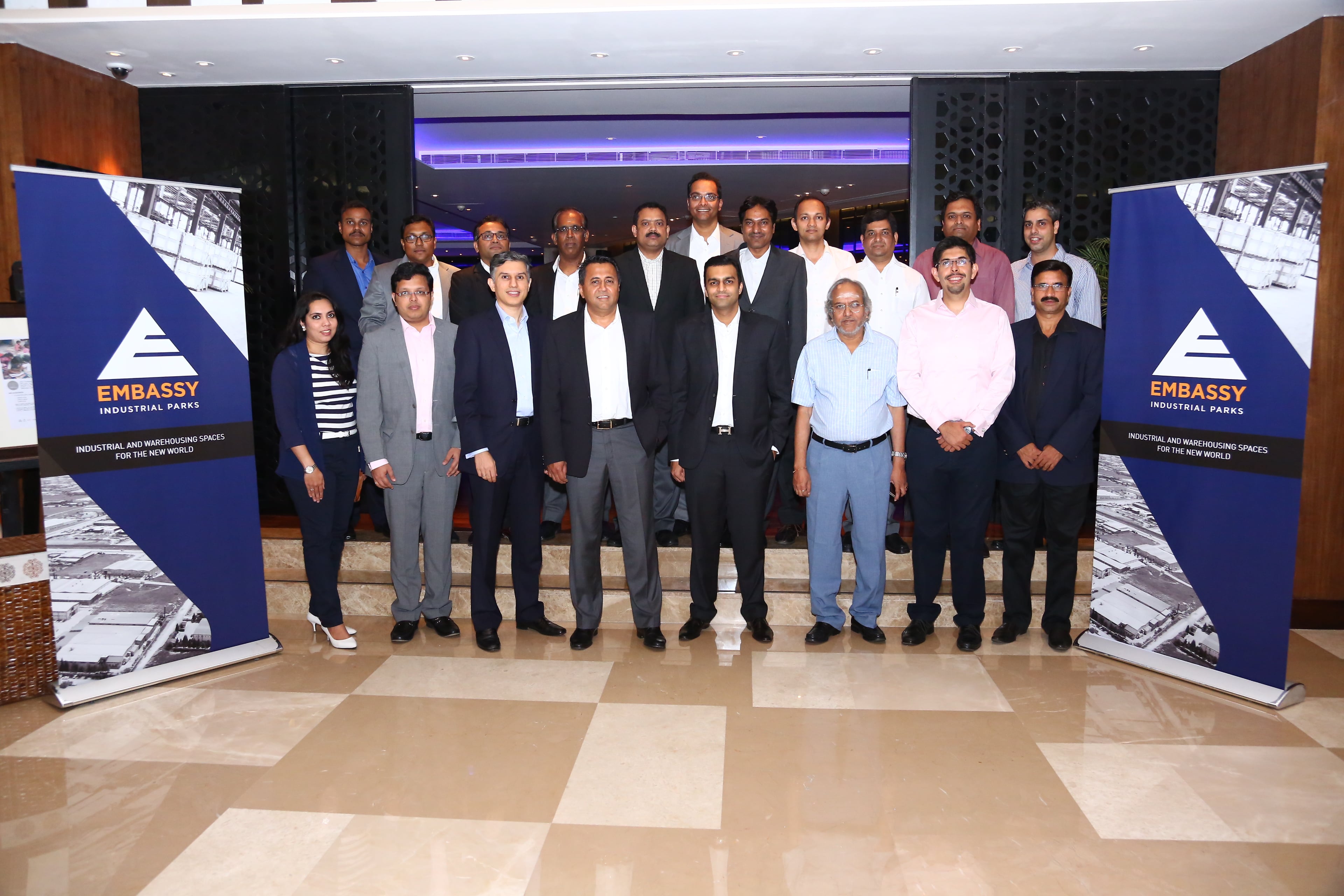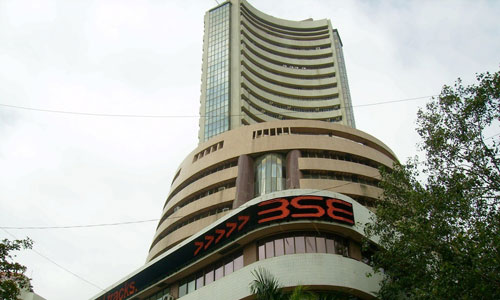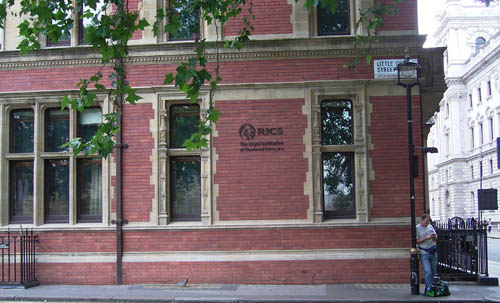
Embassy Industrial Parks signs 1,910 crore MoU with Government of Haryana at Global Investors Summit 2016
The project is intended to support the booming E-commerce as…

The project is intended to support the booming E-commerce as…

The Union Budget 2016-17 only touches upon some pain points…

Global success cases of transit-oriented development include Malaysia, Hong Kong,…

For the last four years everyone within the built environment of Indian real estate, homebuyers included, wanted a real estate regulator but the consensus eluded.

A few may have succeeded but most of the developers have failed to position themselves right during the slowdown. In the process Track2Realty finds that the brand realty has taken a severe beating, losing the trust of both the end-users and the investors. The brand positioning that differentiates between the two different realty companies is today negligible with developers’ focus to sell. That, unfortunately, is not working for them and commanding premium over the brand reputation today is a far cry. Our team speaks to a cross section of developers, analysts and brand experts who may differ with each other but nearly all agree that sector has to come out of the Catch 22 situation.

From being the governance wild child to maturing into a market influencer, India’s real-estate sector has transformed in the past decade, with a paradigm shift from family owned businesses to corporates along with a few companies listing on stock exchanges. The change began with the government opening doors to Foreign Direct Investment (FDI) in 2005 and then welcoming the next wave of stability as corporate houses brought image restoration for the sector. Led by corporate entities, realty companies soon adopted corporate governance wherein transparency began to trickle down into the system as a norm slowly.

The stock market is not only showing the investors’ confidence index going up. It is also indicating the way forward for the Indian real estate. After all, investor sentiment on the bourses have often led to the recovery of the real estate market as the investment grows to the next level of confidence for a long term investment. It may be too early for concluding whether the stock recovery is here to stay and lead to revival of the fortunes of the real estate, yet Track2Realty finds the debate has gained ground. While the developers are optimistic about the money sooner than later coming into the sector, the critics have their own reasons to advice wait & watch policy, if not outright denial.

Track2Realty: RICS, along with 61 professional bodies from around the world, has called for setting uniform measurement standards for residential sector globally (including India) to bring clarity on measuring various aspects of property measurement such as super built up area, built up area and carpet area.

Track2Realty: International expansion remains high on the agenda for retailers in 2015, in spite of uncertain economic prospects and cost escalation. CBRE’s research report, How Active are Retailers Globally?, has several interesting implications for the Asia Pacific (APAC) region, with some 85% of luxury and business fashion retailers looking at the region, and 67% of coffee and restaurant retailers doing the same.

Track2Realty: In recent years, the Asia Pacific retail market has boomed on the back of strong economic growth, rapid urbanization and the emergence of a large and prosperous middle class population, CBRE’s latest report The New Age of the Asia Pacific Retail Market reveals. As a result, Asia Pacific is now experiencing an upsurge of new retail construction to meet demand as international retailers flock to the region.
